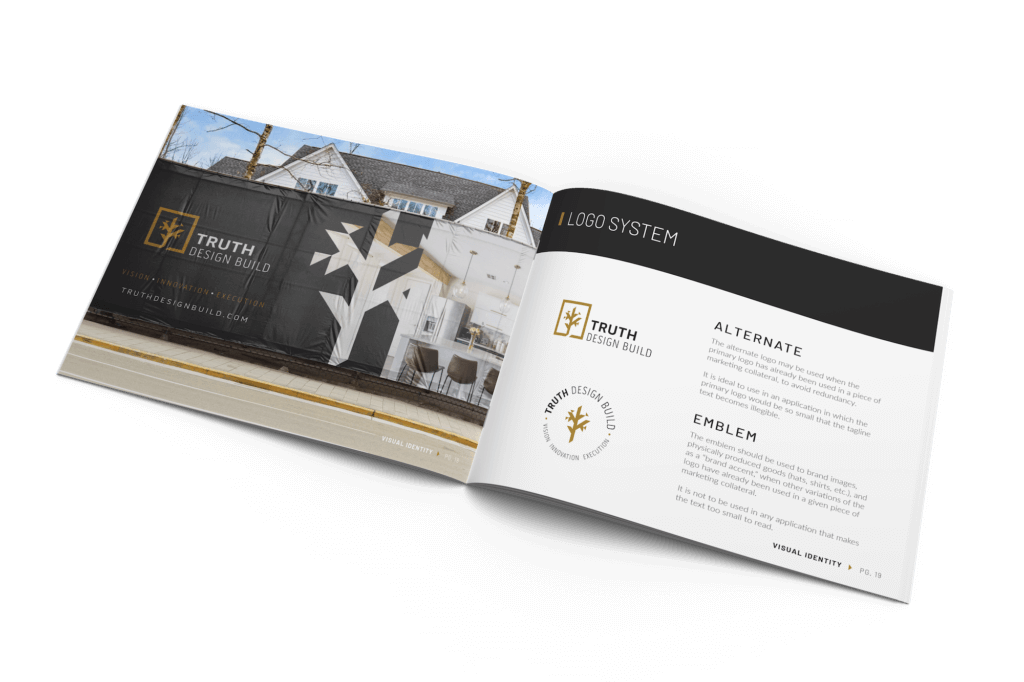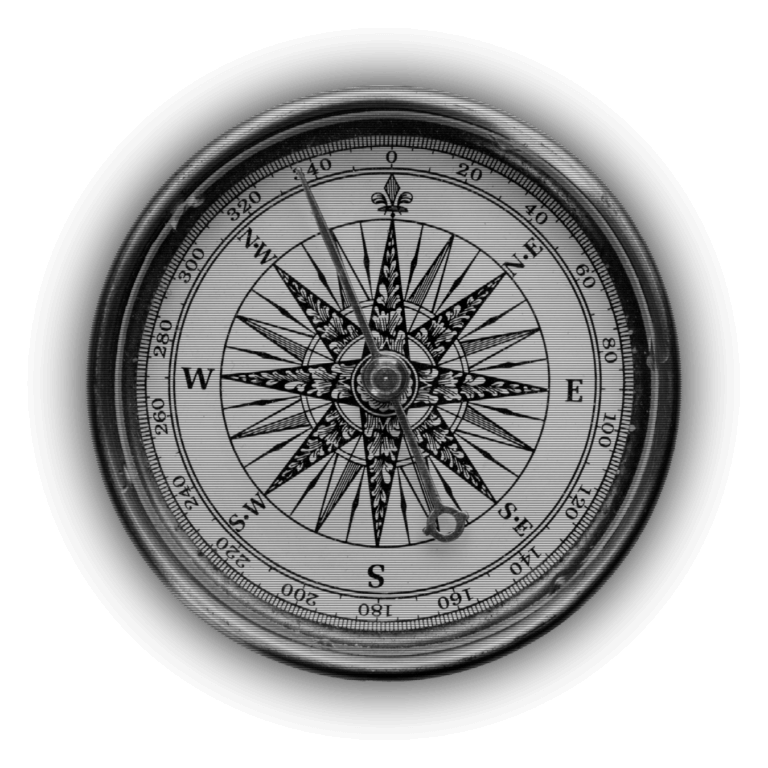People often think of branding as the sexy part of marketing and advertising. Smart concepts, well-crafted taglines, and stunning graphic design with the colors, imagery, and fonts that get the attention of your target audience.
And, I’m not gonna lie…it is really fun.
But what a Fortune 500 company needs and what a small- to medium-sized business needs is quite different. Big corporations use branding to cultivate an image they then put millions of dollars of advertising behind to influence public perception on a broad scale.
Small- to medium-sized businesses don’t need that. They need to reach and engage a much more specific audience to create more direct return on investment. You already have values as a business, a way people perceive you, and a position in the marketplace. But without a brand, you have a limited ability to shape that narrative.
A strong brand gives you the power to clearly define who you are, what you do, and what you stand for. Defining what you stand for is an especially essential step because it explains why you do what you do — and that can often be your biggest differentiator.
When you answer those three W questions, you start to get at one of the most important and hardest things to nail down: purpose. A clearly stated purpose that explains your why is the bedrock of a great business and the cornerstone of your brand. Not only does it contribute to a unified external identity, but it also creates an internal stability from the CEO down to an entry-level employee. Being aligned under a clear purpose gives prospects, existing customers, and employees a reason to believe that’s bigger than the role they play.
A brand gives you the opportunity to present a persuasive case that you’re the best option out of a sea of competitors. But when it comes down to it, how the heck do you turn your business into a brand that helps you attract more customers?
What does branding look like for a small- to medium-sized business?
Before we dive into how to create a brand for your company, we need to talk about what branding looks like on a practical level.
Any branding or marketing person you ask will likely give you a slightly different definition of what it is, but, when it comes down to brass tacks, branding is creating a personality for your business that accomplishes two things:
- Humanizes your company
- Communicates what you do in a memorable way
Think about yourself as a professional. Your colleagues, partners, clients, or customers don’t do business with you just because you’re good at what you do. They don’t do business with you just because you’re smart or talented or effective. They like to work with you because of who you are to them. They like to work with you because of what you represent and how you help them solve problems and add value to their lives.
Branding attempts to get at just that: To create a connection with customers based on meaningful interactions — and deliver value beyond your product or service. Branding helps create a full experience for a customer from the practical to the personal.
But before you can build that deeper relationship, you have to turn your target market into customers by proving your company has the solutions to the challenges they’re facing. To do so, you must have a strong understanding of three key areas about your business:
- The specific customer benefits you offer
- How your product or service delivers value
- What differentiates you from competitors
With a firm grasp on those elements of your company’s offerings, you can move towards a customer-centric view and build a brand that draws in your ideal prospects and moves them one step closer to doing business with you.
What questions should you ask as you develop your brand?
In the brand development process, you definitely need to think about what you do, but you also need to get at why you do it…and a little bit of what you aspire to be.
Let’s start with the basic questions you need to answer. These are all things you probably already know, but putting them on paper can make a huge difference in defining your brand. Answering these questions is a great place to start:
- What does our customer need from us? What pain points do we solve for them beyond providing a product or service?
- What’s our motivation in solving that problem?
- Why do we believe we have the best solution to do so?
Those questions may prove difficult to answer, so here’s a formula you can use to help you uncover what you need to craft a powerful statement about your business:
[Name of company] believes [a core value to your business or industry].
Every day we [what your company does] for [target customer] because [problem your service/product solves].
Here’s an example I recently developed with a client:
The Functionary believes you can successfully scale your business without sleepless nights or 60-hour work weeks.
Every day we challenge the idea of what’s possible in staffing solutions for companies because a business’s growth potential should not be limited by lack of access to top-notch, affordable talent.
Such a succinct expression of the what/why/for whom of your business can serve as the foundation of the messaging you build for your brand to be used across all communications.
What’s the value of a visual identity for your brand?

The visual identity of your business is the first impression potential customers get. Whether via a digital ad or the sign out in front of your building, the look and feel of your company plays an essential role in how people perceive its value.
Like your brand messaging, the look and feel of your brand needs to be informed by a strategy that ties together who you are, what you do, and what audience you exist to serve. From your logo to brand color palette, imagery, fonts, and more, a brand visual identity needs to be cohesive and help nonverbally communicate what your company is all about.
Visual identity is the most instant expression of your brand’s personality. Are you buttoned up and professional? Fun and playful? Sleek and innovative? The design you develop needs to communicate that simply and efficiently.
Your logo provides the core of your brand’s visual identity. It helps you stand out from your competitors and serves as a memorable image that resonates with prospects and customers alike. Becoming an iconic business doesn’t happen without an icon, and that’s exactly what your logo is. While your logo doesn’t need to achieve the standing of the Nike swoosh or the Starbucks mermaid, it does need to create a visual hook that helps people remember your company.
One of the most important things a strong visual brand identity can deliver is trust. If you’ve put the consideration, time, effort, and money into crafting a professional-looking brand, it communicates to customers that you take pride in what you do — and that you’ll likely provide them that same level of care in the services you offer or the products you sell.
From the verbal to the visual, your brand should be a holistic representation of your business that embodies the personalities that make it up, the value you bring to customers, and the role your company plays in the world beyond just delivering a product or service.
We can help you build a brand you’re proud of that magnetically attracts the kind of customers you want.


